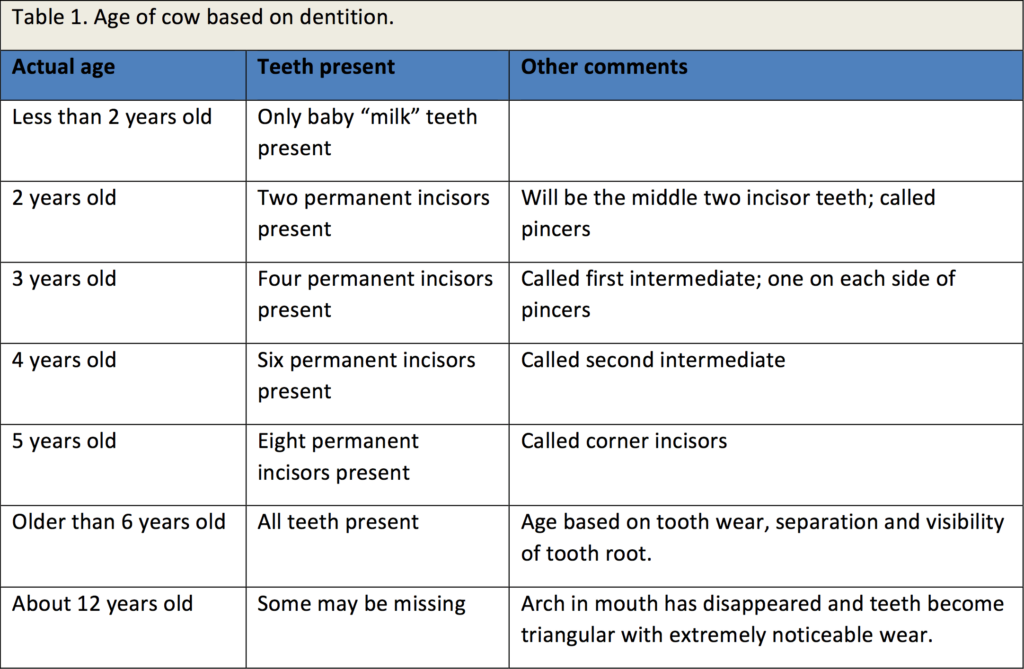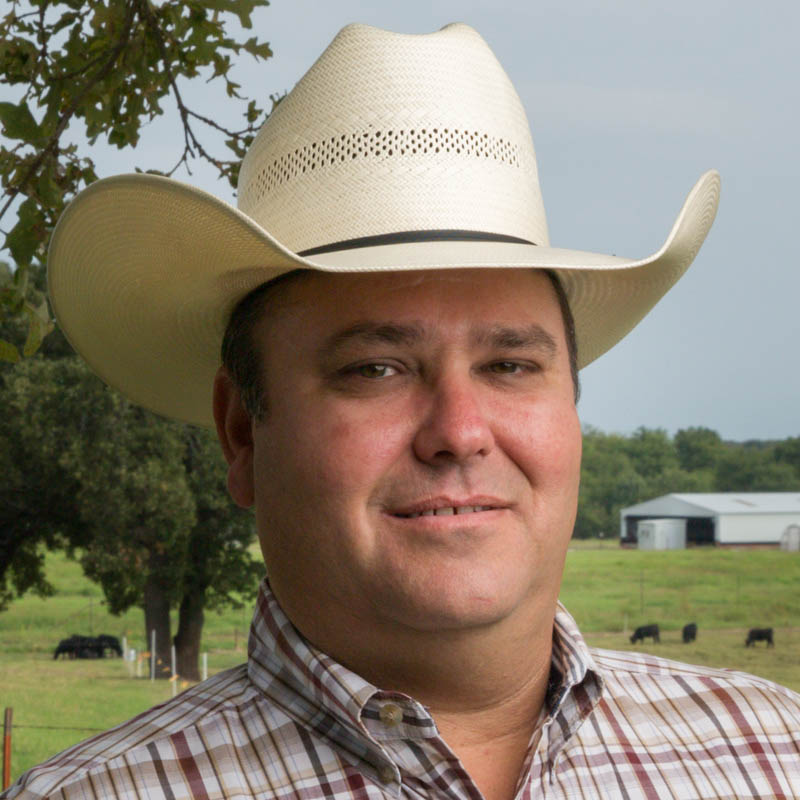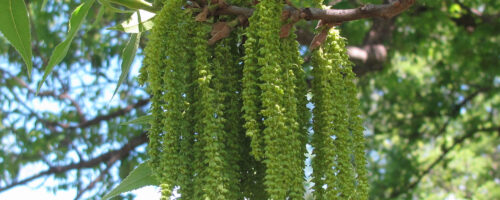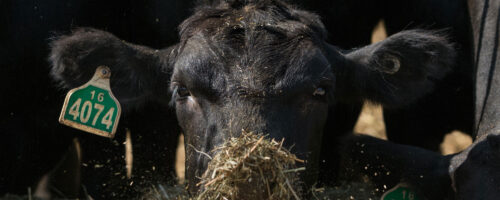Teeth condition can reveal cow age, aid culling decisions
Cows with poor teeth will have a difficult time maintaining body condition.
As fall approaches, producers should start to think about which cows will be culled after they wean their calves. Many considerations must go into deciding whether a cow stays in the herd for another year. Some of the most typical are: disposition, physical structure, body condition, udder condition and structure, general health, and age. However in many herds, the age of the cow may be questionable or outright unknown. In order to maintain condition in a pasture setting without copious amounts of supplemental feed, a cow must have a full set of teeth that have not been worn down too much. Using dentition, or the condition and wear, of the cow’s teeth can be a useful tool to determine if the cow should stay in the herd for another year.
The age of younger cows can be closely estimated by the number of permanent incisors present on the lower front jaw (See Table 1). The difficulty in aging a cow comes when looking at middle aged (6- to 10-year-old) cows. Rather than the number of permanent incisors that have erupted, tooth wear and degree of separation between teeth is the indicator of age in older cows.

In general, a heifer younger than 18 months will only have her temporary milk or “baby” teeth. The teeth will often be loosely set in the jaw. By 18 months of age, there will be space between each tooth so that one will not touch the next. At 18 months to 2 years of age, the heifer will lose her center two milk teeth, which will be replaced with the first of the permanent incisors, called pincers. The pincers will be the middle two teeth on the front lower jaw. Then every following year, she will lose the next set of teeth beside the last permanent tooth that has erupted on each side until she reaches 5 years of age when the corner incisors fill in.
From 6 years old and on, age is determined by tooth wear, separation between teeth or disappearance of teeth. The degree of wear on the biting or grinding surface of teeth will be used as an approximation of age. However, care must be used as the type of forages consumed and grazing intensity (how closely to the ground the cow must eat) will affect the amount of apparent tooth wear. Cows grazing in sandy or rocky pastures may have exaggerated tooth wear and be younger than dentition indicates.
Once cows become older than 10 years, years of age are typically replaced with general terms such as short and solid, broke-mouthed, or smooth-mouthed (gummer). The terms are defined as follows. Short and solid means there is significant amount of wear to the cow’s incisors but they are all still present and solidly attached to the mandible. Broken-mouthed indicates a cow is missing one of the incisor teeth. The smooth-mouthed description indicates the cow has lost or completely worn down most if not all of her teeth. Worn teeth may still be present but worn down to the gumline, hence the term gummer.
In summary, cow dentition can be used to estimate a cow’s age, but more importantly it can be used to determine if she is capable of biting and chewing forage efficiently for another year of life on the ranch. If a cow does not have the dentition to efficiently harvest forage, she will have a difficult time maintaining body condition. Cows that have missing or extremely worn teeth are candidates to leave the breeding herd and be replaced by younger females.



Comment